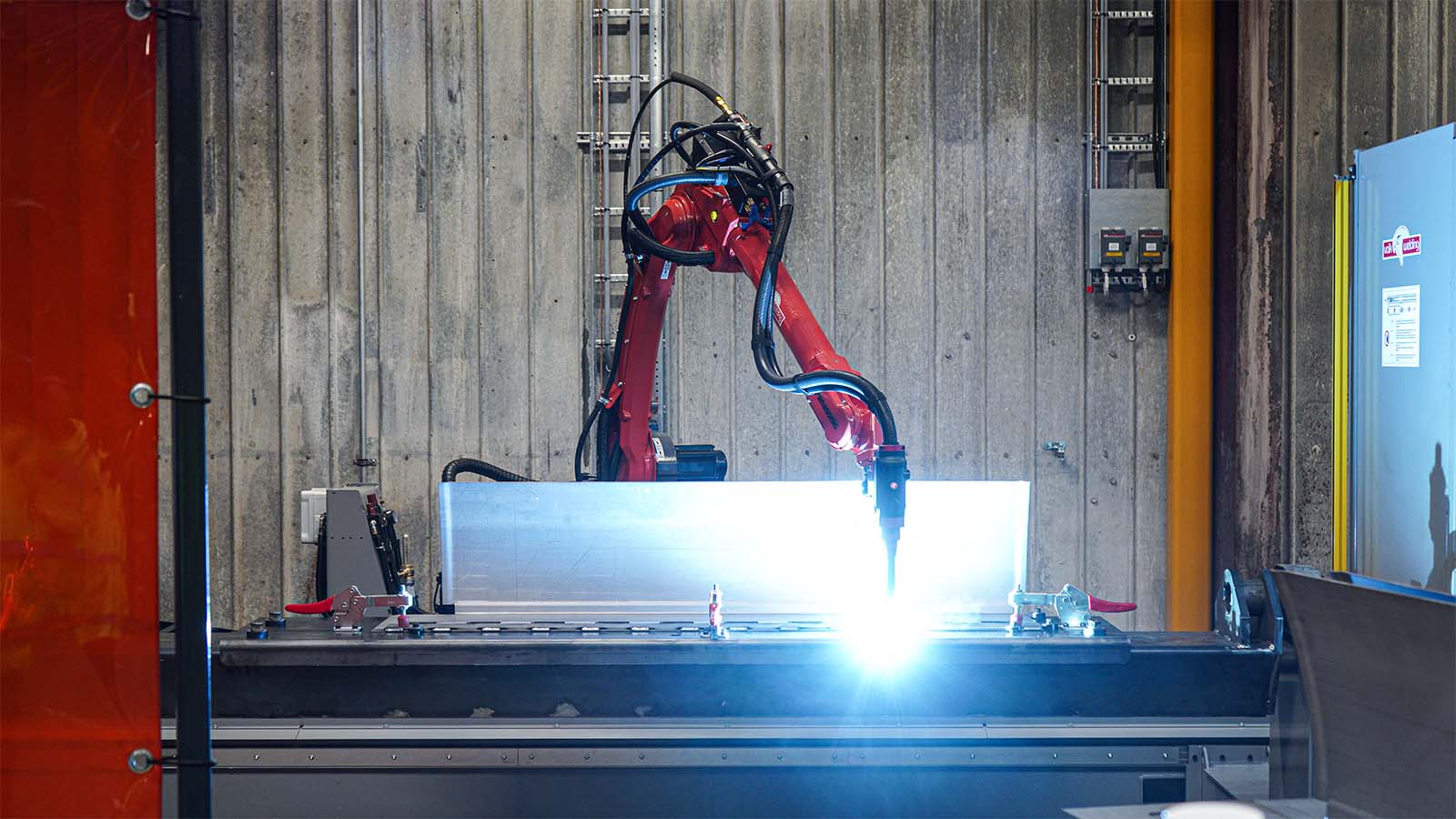When is welding useful?
Welding is a useful process for joining different materials together, and it has many applications across a wide range of industries. Here are some of the ways welding is useful:
-
Manufacturing: Welding is used extensively in the manufacturing industry to join metal components together. This includes everything from automotive manufacturing to shipbuilding, construction, and more. This is where Ib Andresen Industri's expertise lies.
-
Repair and maintenance: Welding can be used to repair or replace damaged metal parts, such as repairing a broken fence or welding a cracked engine block.
-
Construction: Welding is used in construction to join metal structures together, such as steel beams, pipelines, and more.
-
Art and sculpture: Welding can be used to create metal sculptures and other works of art.
-
Aerospace and aviation: Welding is used extensively in the aerospace and aviation industries to manufacture aircraft components.
-
Medical devices: Welding is used in the manufacturing of medical devices, such as surgical instruments and implants.
-
Energy production: Welding is used in the construction and repair of power plants, pipelines, and other energy-related infrastructure.
In short, welding is useful whenever there is a need to join two or more materials together permanently. It is a versatile process that can be used with a wide range of materials and has many applications across a variety of industries.
What is MAG welding?
MAG (Metal Active Gas) welding, also known as GMAW (Gas Metal Arc Welding), is a type of welding that uses a consumable wire electrode that is fed through a welding gun and into the weld pool. A shielding gas, typically a mixture of argon, carbon dioxide, and/or oxygen, is also fed through the gun to protect the weld from atmospheric contamination and oxidation.
MAG welding is often used in industrial applications because of its high efficiency and speed. It can be used to weld a wide variety of metals, including mild steel, stainless steel, and aluminum. MAG welding produces a smooth, clean weld bead that requires minimal post-weld cleaning or finishing.
There are two main types of MAG welding: short-circuiting transfer and spray transfer. Short-circuiting transfer is the most common type of MAG welding and is used for welding thinner materials. In this process, the welding wire is fed into the weld pool, and when it touches the metal, it causes a short circuit, which generates heat and melts the metal. The wire then retracts, and the cycle repeats. Spray transfer, on the other hand, is used for thicker materials and requires a higher amperage. In this process, the wire is fed at a higher speed, and the arc melts the wire, which then sprays molten metal into the weld pool.
Overall, MAG welding is a fast and efficient welding method that produces high-quality welds. It is commonly used in the automotive, aerospace, and manufacturing industries.
The history of welding
Welding, the process of joining two pieces of metal together by heating them to a molten state and then allowing them to cool and solidify, has been around for thousands of years. The exact history of welding is difficult to trace, as the process was often used in conjunction with other metalworking techniques and was not considered a distinct practice until relatively recently.
Some of the earliest known examples of welding date back to the Bronze Age, around 3000 BCE. Bronze objects were often created by joining together multiple pieces of metal using a process known as brazing, which involves heating the metal to a high temperature and then adding a filler material to bond the pieces together.
In ancient Greece, blacksmiths used a process known as forge welding to join together pieces of iron. This involved heating the metal in a forge until it was soft and then hammering the pieces together. The resulting bond was not as strong as modern welding techniques, but it was still effective for creating tools and weapons.
The modern era of welding began in the late 19th century, with the development of the electric arc welding process. This technique involved using an electric arc to heat and melt the metal, allowing it to be fused together. The first successful electric arc weld was performed by Russian engineer Nikolai Benardos in 1881.
Over the next century, welding technology continued to evolve and improve. New welding processes were developed, including gas welding, spot welding, and laser welding, each with its own advantages and disadvantages. Today, welding is an essential part of many industries, from construction and manufacturing to automotive engineering.




